Hallo again, and welcome to August’s entry in the FEZ blog’s Group of the Month club! This time, we’ll be exploring a charismatic wonder of the microscopic world: the tardigrade. Their ability to withstand incredible heat and cold, and even survive in space, has brought them a certain amount of media notoriety in recent years – but how accurate is it really? And what other secrets do these meiofaunal marvels hold?
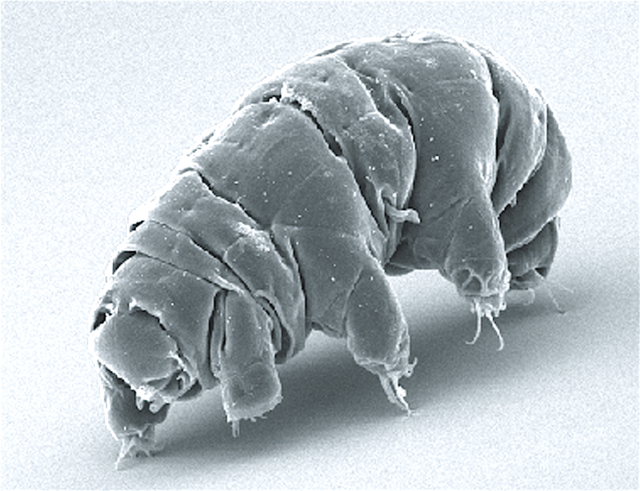
Unlike a lot of the invertebrates covered by the Group of the Month club this year, tardigrades belong to a broad group called Ecdysozoa: the moulting invertebrates. This means they are more closely related to insects, spiders, crustaceans (and May’s Group of the Month, Kinorhynchs) than they are to snails, worms or squid. They are a diverse bunch themselves, too – though you might not have seen one before, tardigrades can be found all around you, existing on all six continents of earth, and in all its oceans too. On land, many species live on moss, where they are so small that they can live inside the drops of dew retained by the leaves: we call this special kind of lifestyle “Limnoterrestrial”, since it’s a kind of half-in/half-out approach to living on the surface! Spread out across the planet, they feed on a mix of algae, bacteria and other tardigrades, and in turn are eaten up by insect larvae, mites and amoebas. The tardigrades themselves can be divided into two main groups – the eutardigrades and the heterotardigrades – the latter of which can often, though not always, be recognised by their snazzy, whisker-like cephalic appendages.
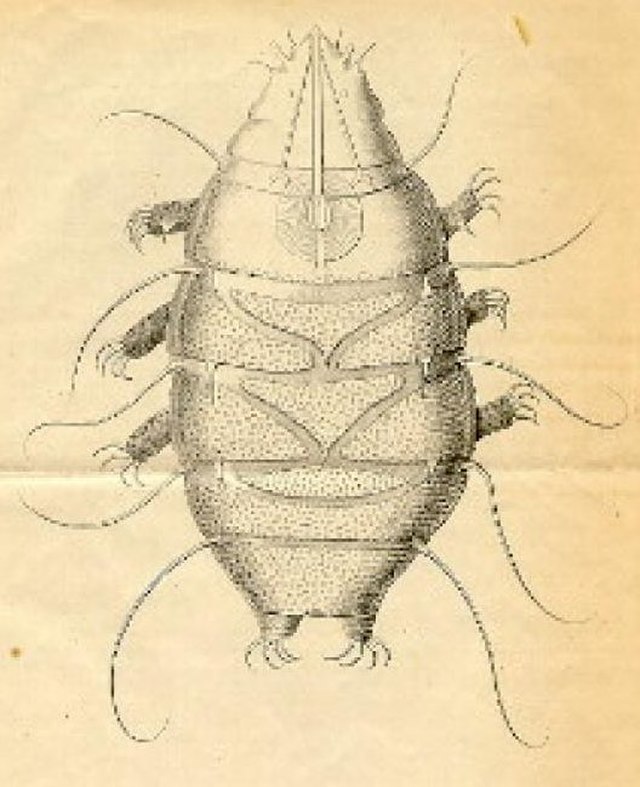
To accommodate their diverse habitats, you might expect different species of tardigrades to have different resistances to different kinds of stress, and you’d be right! Tardigrades in the Antarctic are more comfortable shrugging off a chilly winter, whilst the tardigrades that have made the car parks and cities of the world their home are much better at dealing with dry and dusty conditions (when you’re so small you can live inside a droplet of water, even a mild day can get a bit too dry). The tardigrades that accompanied ESA’s astronauts into space, members of the two species Richtersius coronifer and Milnesium tardigradum, are both limno-terrestrial species. This need to resist very changeable environments on earth is thought to be what helped them survive in the vacuum of space. This incredible resistance is known as Cryptobiosis.
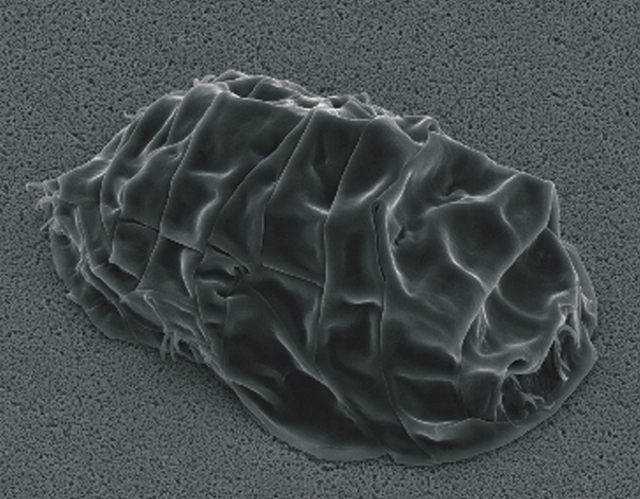
But how do tardigrades accomplish these feats of resilience? Using a complex array of proteins expressed in their bodies in response to stress, they can create a protective layer around themselves known as a tun. Inside the tun state, all biological activity shuts down: this isn’t like the long sleep of hibernation, but a resting state so deep it was originally referred to as “the little death”. It’s quite an accurate name for it too – entering this tun state pauses a tardigrade’s life span, meaning that they can sit inside it for decades at a time and emerge when the stress has passed without having aged! This cryptobiotic response shuts down all the major functions of the tardigrade – moving, sensing, feeding and reproduction – so whilst they can endure desiccation, heatwaves and freezing cold, the sacrifice they make is being unable to do anything until the stress passes. How the tun state knows when to decompose and free the tardigrade is something that is a matter of great debate among tardigrade scientists (conveniently known as tardigradologists), and the strength and extent of the response – and whether entering and leaving it has long term effects on the health of the creature – is also the subject of a great deal of study.
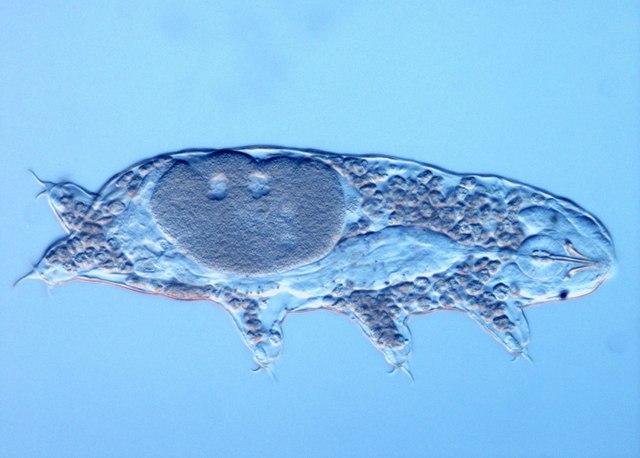
But with such a wide array of tolerances, what is the chink in their armour? Well, the unreported, but inconvenient, truth is that, for much of their resistant capabilities, tardigrades need a bit of a run up. The tardigrades on the ESA space flight, for example, were already in their tun state when they went up, and whilst inside the protective covering were able to keep themselves safe. Whether you could vent a happy wandering tardigrade out of a convenient air lock and pick them up next week is another story! Whilst tales in the media of them surviving extreme heat or cold are very exciting, the truth for tardigrades is a little more trepidatious! Studies of tardigrades frozen to -30°C at different rates showed higher mortality when the temperature dropped by 9°C per hour than when temperature dropped by only 1°C per hour.
Tardigrade’s exciting capabilities are not only interesting in their own right; but are also applicable to the developing world around us. Material scientists are taking cues from their durable tun state to create lightweight and resistant materials to coat solar panels, whilst their ability to withstand desiccation is inspiring pharmaceutical scientists to develop ways of transporting blood to remote areas without the need for costly refrigeration. In the future, tales of tardigrades in the media might one day be about understanding new environments or even saving lives!
Tardigrades are a fascinating group whose lives under stress remind us to look forward, look around, and look beneath our feet for inspiration from even the smallest of creatures. Be sure to check back next month to learn all about the peculiar and enigmatic Gnathostomulida!
![]()
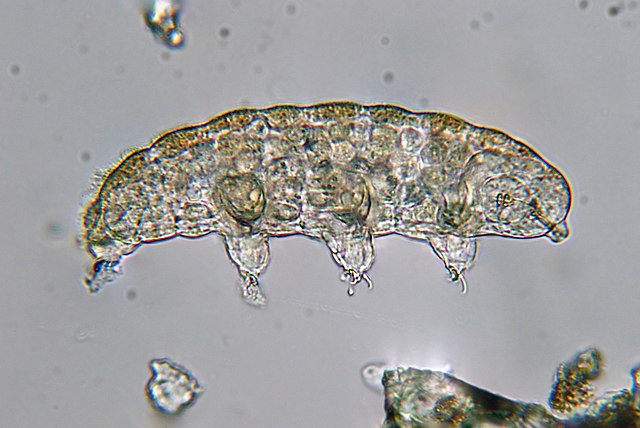
3 Comments on “Group of the month: Tardigrades”